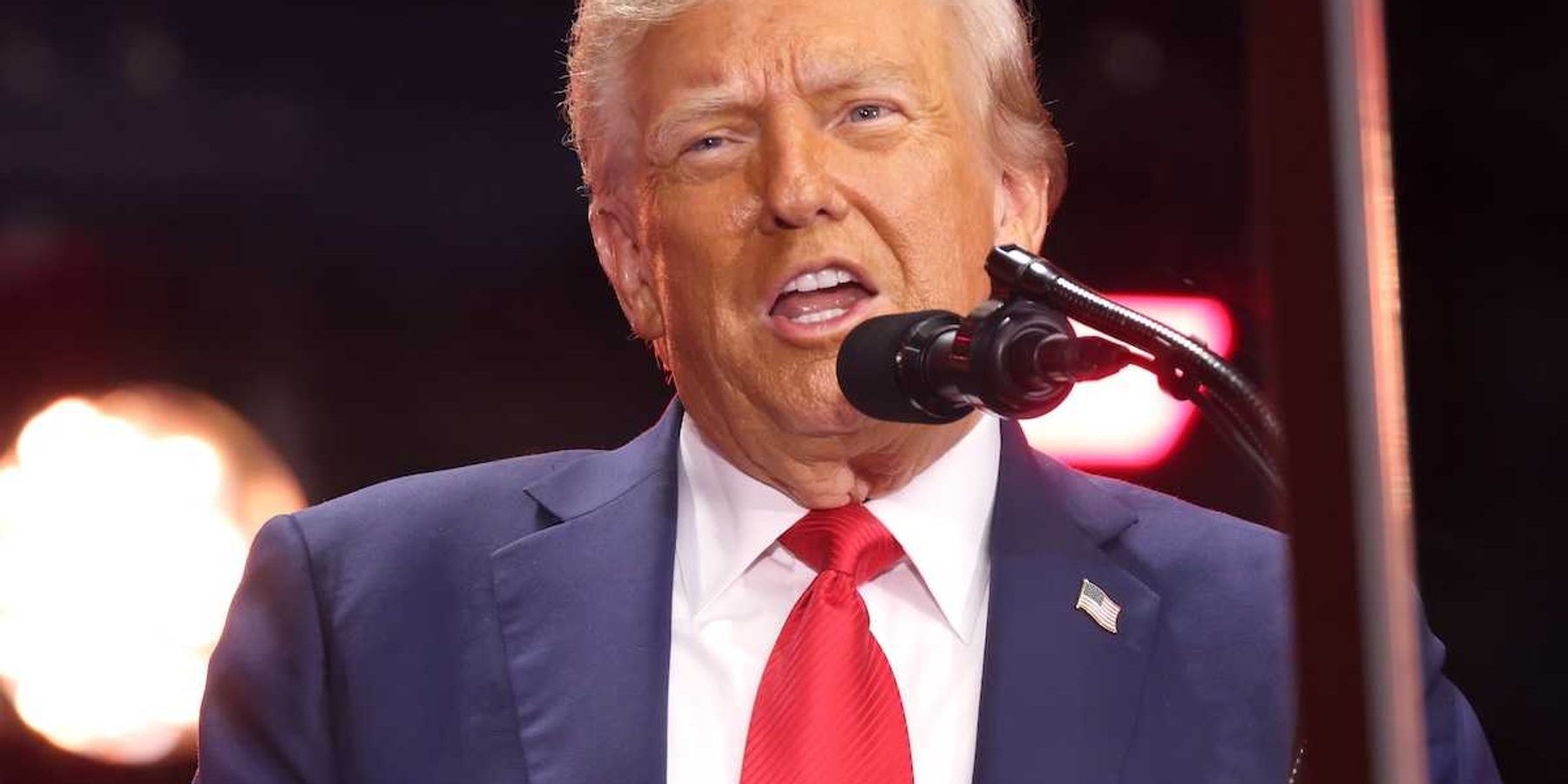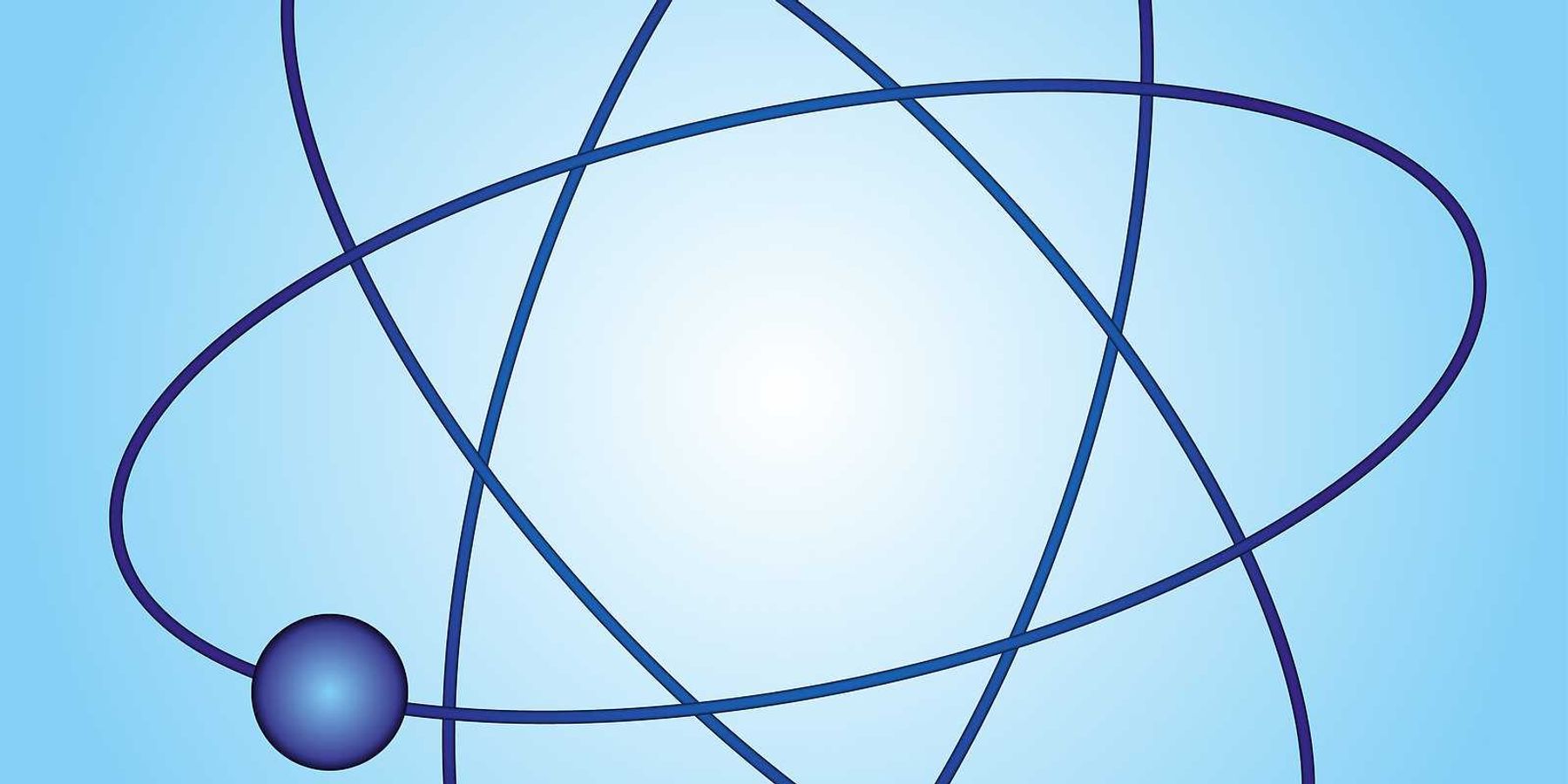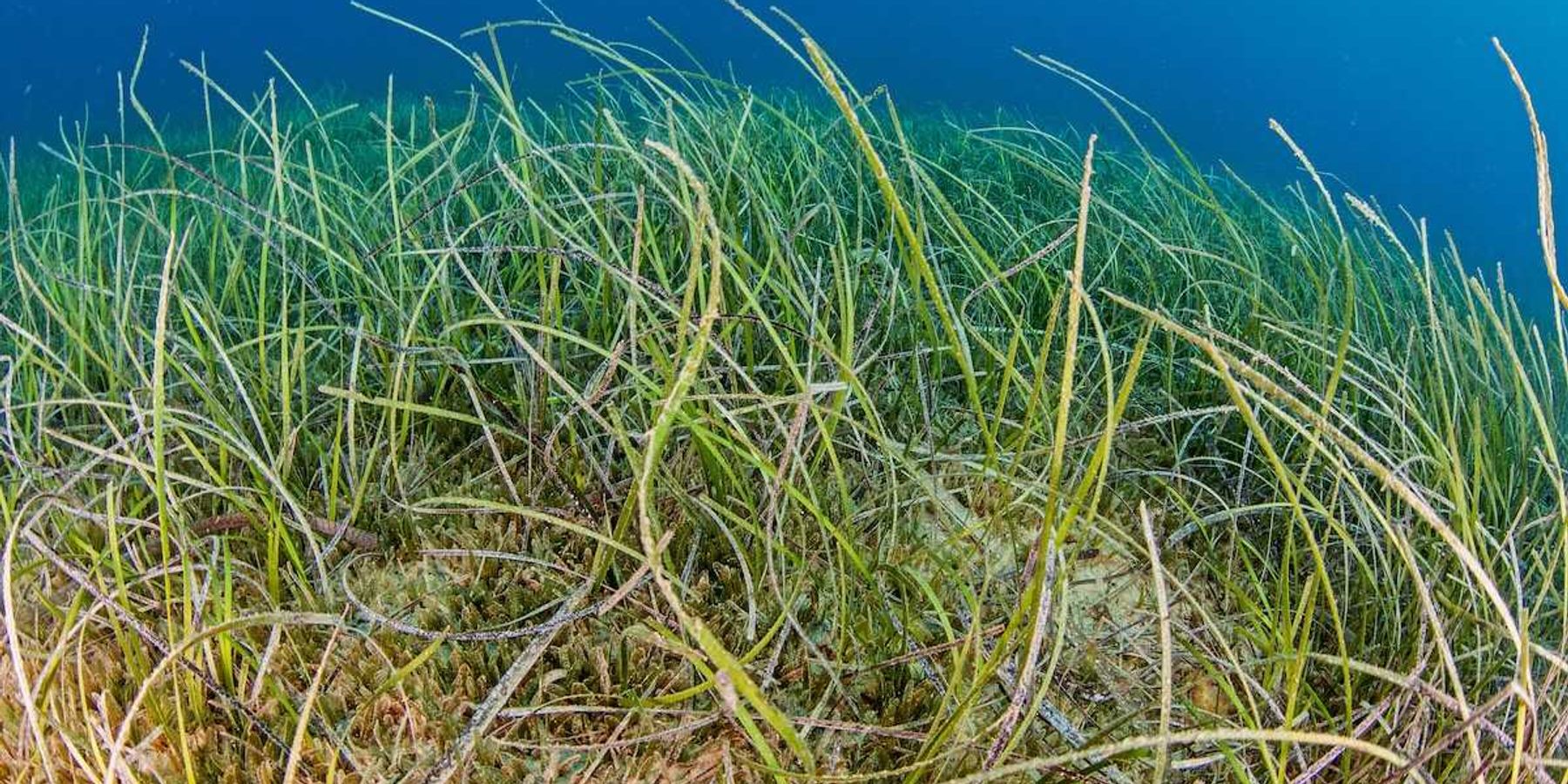Trump’s second term could reshape U.S. disease research, experts warn
A potential Trump administration plans to overhaul the National Institutes of Health, risking the future of infectious disease research and its life-saving innovations.
Anna Maria Barry-Jester reports for ProPublica.
In short:
- Trump’s health secretary nominee Robert F. Kennedy Jr. aims to slash NIH’s focus on vaccines and infectious diseases, reallocating funds to holistic health approaches.
- Experts warn that such changes could derail critical biomedical research and harm global leadership in disease treatment innovations.
- The NIH’s National Institute of Allergy and Infectious Diseases (NIAID) has historically fueled breakthroughs like HIV treatments, COVID-19 vaccines and Ebola therapies.
Key quote:
"The amount of expertise, the research, the breakthroughs that have come out of NIAID — It’s just incredible."
— Greg Millett, Vice President, amfAR, a nonprofit dedicated to AIDS research and advocacy
Why this matters:
NIH, through its National Institute of Allergy and Infectious Diseases (NIAID), has been a global powerhouse, delivering game-changing treatments for HIV, Ebola and, most recently, COVID-19. Cutting its resources risks not only stalling progress but also weakening the U.S. response to future health crises. With climate change already reshaping global disease patterns, dismantling these programs feels to some less like reform and more like rolling the dice on public health.
Read more: Blaming the COVID-19 messengers—public health officials under siege.













